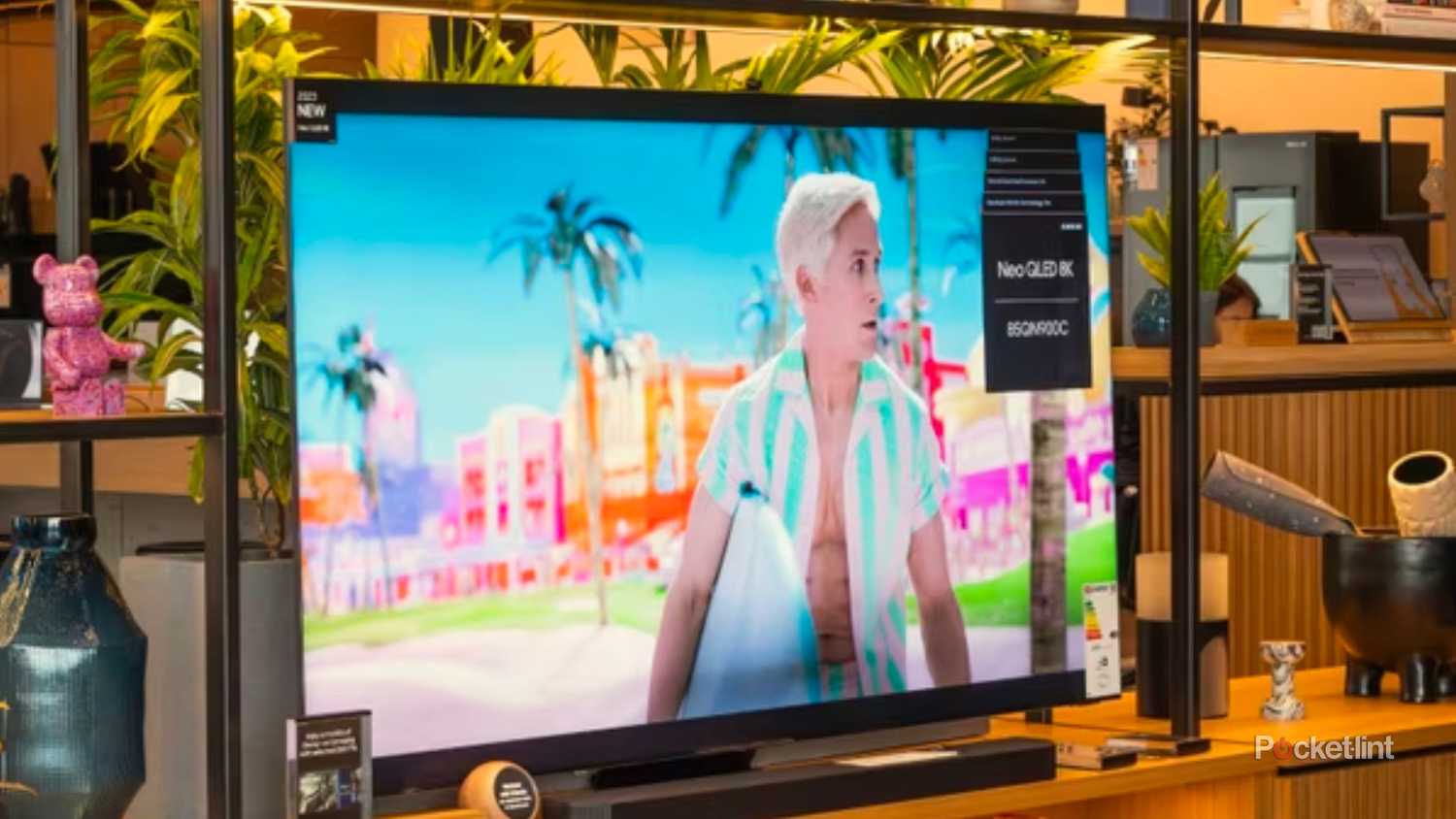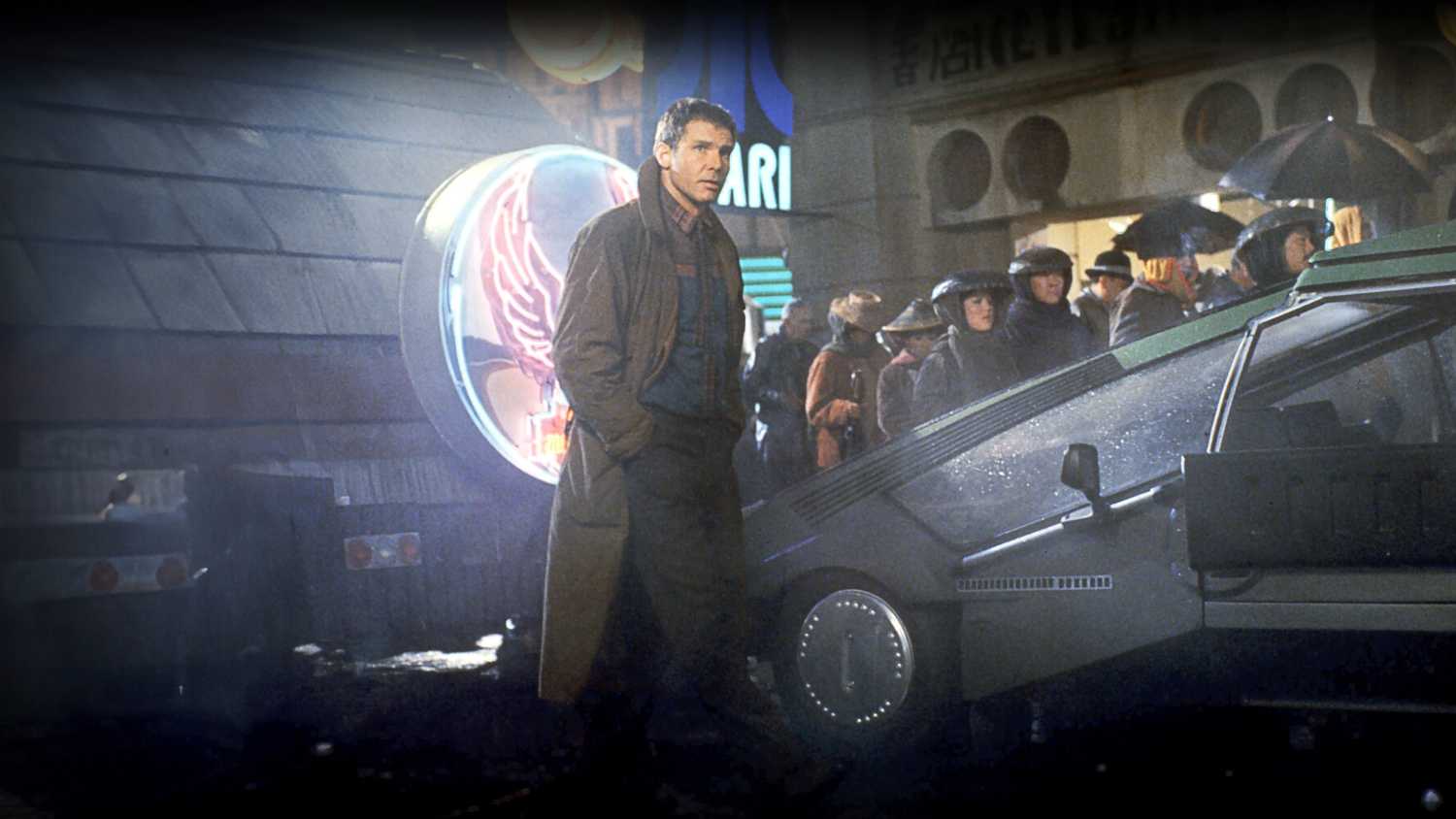From one angle, the fact that 8K is in a holding pattern doesn’t make sense. The technology isn’t new anymore. The first commercial 8K TVs shipped in 2018, and with prices gradually coming down, there should be more and more demand for native 8K movies and TV shows. It’s not like studios lack the means of converting titles to that resolution or shooting in it, either — they can already shoot in 12K if they want maximum futureproofing and most have the budget for it as well.
8K should hypothetically be everywhere by now, but it isn’t. So what gives? Why can’t you just sit down on your couch and stream Andor, Downton Abbey, or Dr. Strangelove that way? And where are all the disc releases, for that matter? As it turns out, there are a variety of factors at play, including the difficulty of converting older movies. You might be surprised at how few of them have made the jump.
The biggest hurdles are storage and bandwidth
Waiting for a miracle
All the recent leaps in consumer video resolution have involved quadrupling pixel counts. Just as 4K has four times as many pixels as 1080p, 8K has four times as many pixels as 4K. That’s because their names don’t reflect total resolution — instead, they refer to the length of an image. In practice, 8K is typically 7680×4320, which works out to a little less than 33.2 million pixels in all.
Unavoidably, quadrupling pixel count means that a video occupies an equally big data footprint. A movie that’s 30GB in 4K will balloon to 120GB in 8K, and that’s just at streaming quality. 4K releases on Blu-ray tend to have higher bitrates, meaning that the main feature might barely squeeze onto a 50 or 100GB disc. An 8K Blu-ray is impossible at the moment without an upgrade to the format or spreading movies across multiple discs. I doubt most people would be willing to swap three discs just to finish Mrs. Doubtfire.
There is 8K video available online, if you go hunting.
For streaming services like Netflix and Disney+, this represents a serious problem on two levels, the first being datacenter storage. If companies were to offer 8K for every title, they wouldn’t need four times the capacity at every hosting site — they’d need even more, since of course they’d have to keep hosting lower-resolution content as well. A more realistic path would be starting with a handful of 8K titles and working from there, hoping storage prices fall, but that’s likely daunting when profitability can be tough to come by. Disney’s combined streaming efforts — namely Disney+, ESPN+, and Hulu — didn’t turn a profit until the third fiscal quarter of 2024.
The other level is bandwidth. On your end, 8K requires at least 50Mbps (megabits per second), and ideally 100Mbps or more to prevent buffering and compression artifacts. Multiplied by millions of people, that’s a lot for a streaming service to handle, not to mention the internet providers having to blend that in with other traffic. It’s unlikely that everyone would be streaming in 8K simultaneously — yet infrastructure providers might have to be ready for the possibility.
There is 8K video available online, if you go hunting. But it’s mostly hosted on YouTube, and there, not in the form of movies and TV shows. So if you buy an 8K TV, expect to be watching upscaled 4K or 1080p content most of the time.
8K TV ownership is still low
The Catch-22 at play
Very few people own 8K TVs — sales are forecast to amount to less than 1% of the global TV market in 2025. That’s not surprising, perhaps, because relatively few 8K models are being made, and prices can remain astronomical for the ones that do exist. If you want a new 8K TV from Samsung, for example, the cheapest 2025 model is $3,000. There are less expensive alternatives, particularly if you’re willing to buy older hardware, but that’s a tough sell when you can get a fantastic 4K TV for less than $1,000.
Sales would improve if the industry wasn’t stuck in a Catch-22. Consumers are waiting for more native content and lower prices before buying in. Because no one is buying in, however, there’s no incentive to accelerate content, and no way for those lower prices to be profitable. Essentially, we’re waiting for a “breakthrough” moment when one of these factors gives. If I were a betting man, I’d put it on manufacturing becoming cheap enough to put end prices into the “why not” category for more shoppers.
Converting movies and shows into 8K is a pain
It can’t all be new releases
If everyone had an 8K TV, and storage and bandwidth were limitless, the matter of providing a meaningful catalog would persist. Even a lot of newer movies and shows aren’t shot in 8K. For everything that doesn’t have a native 8K copy, there are two conversion options: source scanning (for film and tape) or meticulous upscaling.
Source scanning may be the most tedious process. Studios have to locate the best-available source material — with as little damage as possible — and then not only scan each frame, but perform digital clean-up and enhancement. Considering that most movies are shot at 24 frames per second, that means fixing upwards of 115,000 frames for an 80-minute movie. A four-hour epic like the Extended Edition of The Return of the King has well over 345,000 frames.
According to Miles DelHoyo, the Executive Director of Technical Strategy & New Format Integration at Warner Bros. Discovery, it takes about 3.5 times longer to scan a 35mm print into 8K than it does 4K. With larger film formats like 70mm, there may be motivation to scan at yet higher resolutions, just for the sake of archival. That’s why a lot of conversion is happening, actually, not for any immediate consumer releases.
A winnowing is likely to happen with 8K, especially for shows shot on tape.
DelHoyo notes that in the past two or three years, Warner has only scanned about 35 to 40 movies at 8K or higher. Work has been going on longer than that, but it’s all a drop in the bucket once you realize that Warner Bros. — a single company — has probably distributed over 7,000 movies since its inception. While there’s already an 8K version of Blade Runner in the archives, it’s going to be a while before the studio gets around to The Dam Busters or I Was a Communist for the FBI.
If ever, that is. There are movies and shows that never made it to 480p DVD, let alone 4K. A similar winnowing is likely to happen with 8K, especially for shows shot on tape like The Golden Girls and many other ’80s sitcoms. The source material was never that sharp to begin with, so there’s not much point in releasing versions over 1080p. Your TV’s own upscaling technology may be as good as any.
8K’s day will probably come eventually. As things stand, though, it’s hard to predict when that will be.
Trending Products

Thermaltake V250 Motherboard Sync A...

CHONCHOW LED Keyboard and Mouse, 10...

SAMSUNG 27″ CF39 Series FHD 1...

HP Stream 14″ HD BrightView L...

HP Latest Pavilion 15.6″ HD T...












